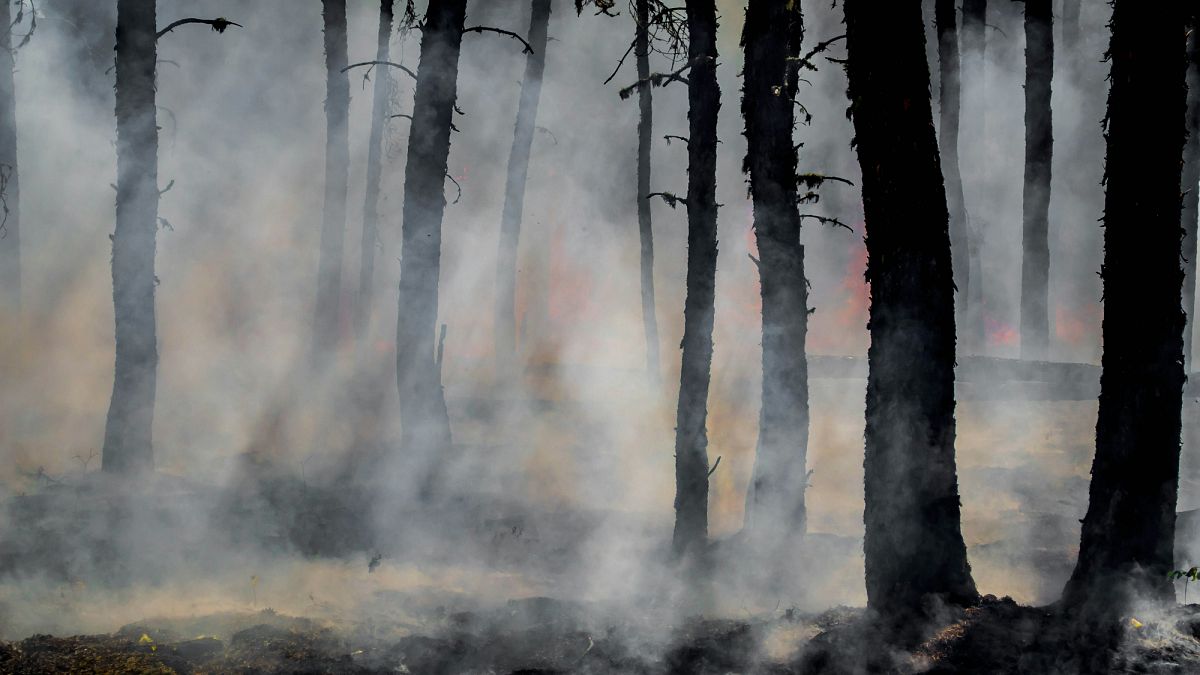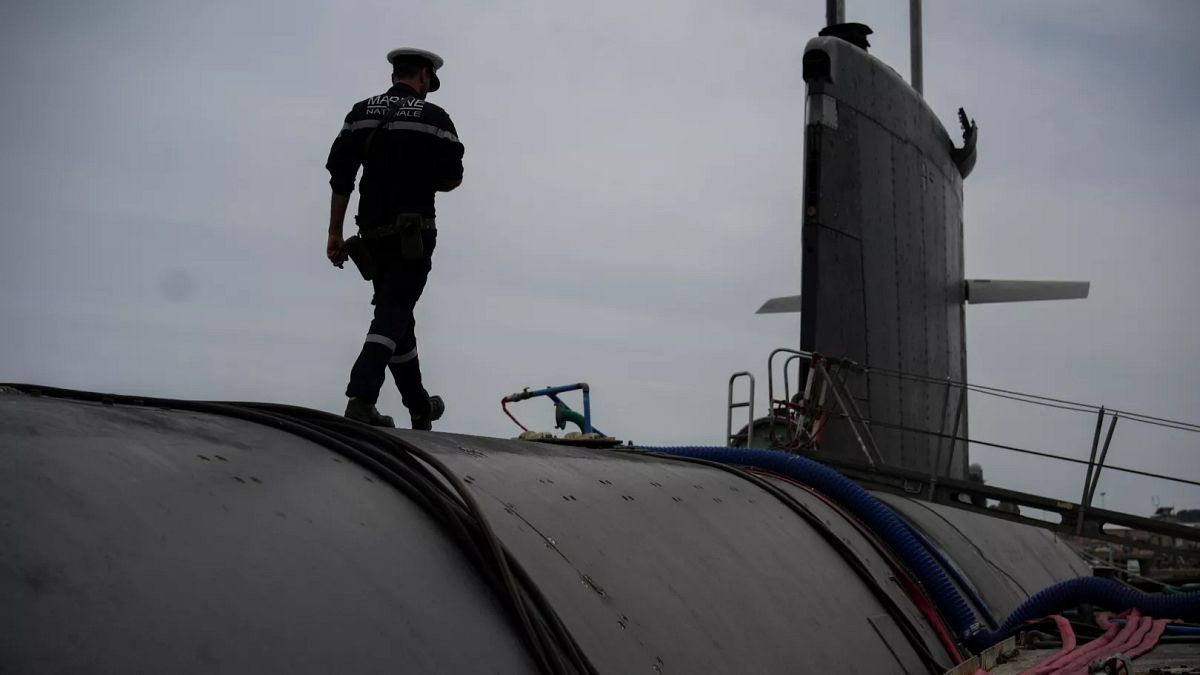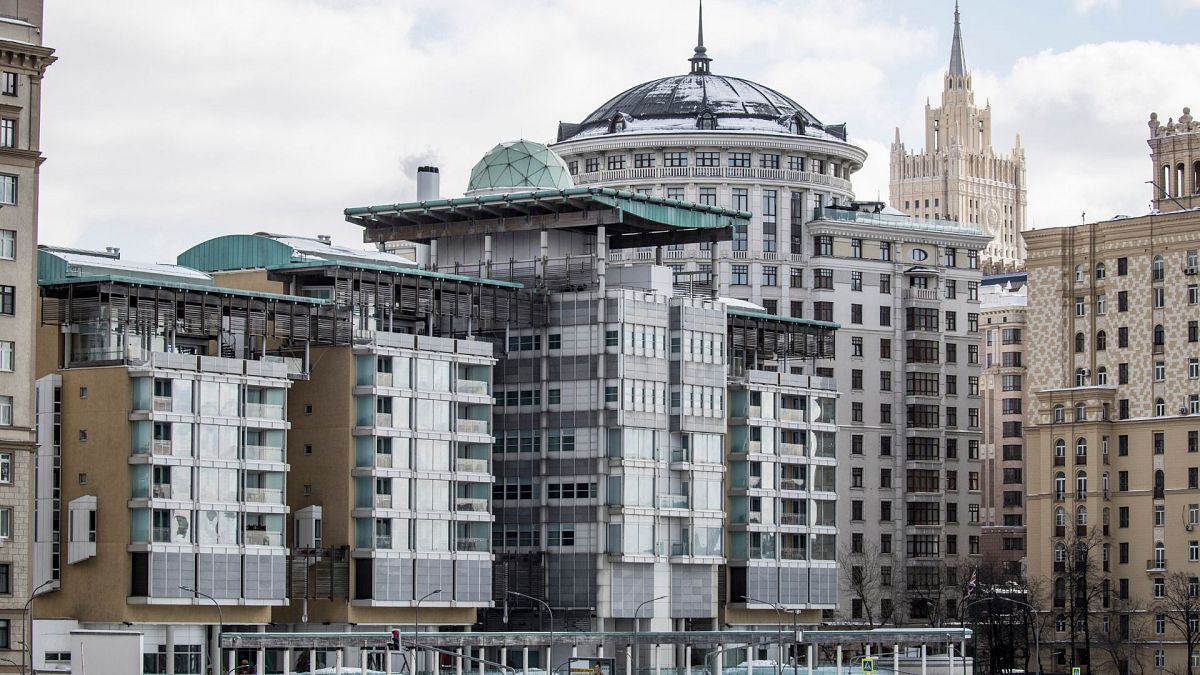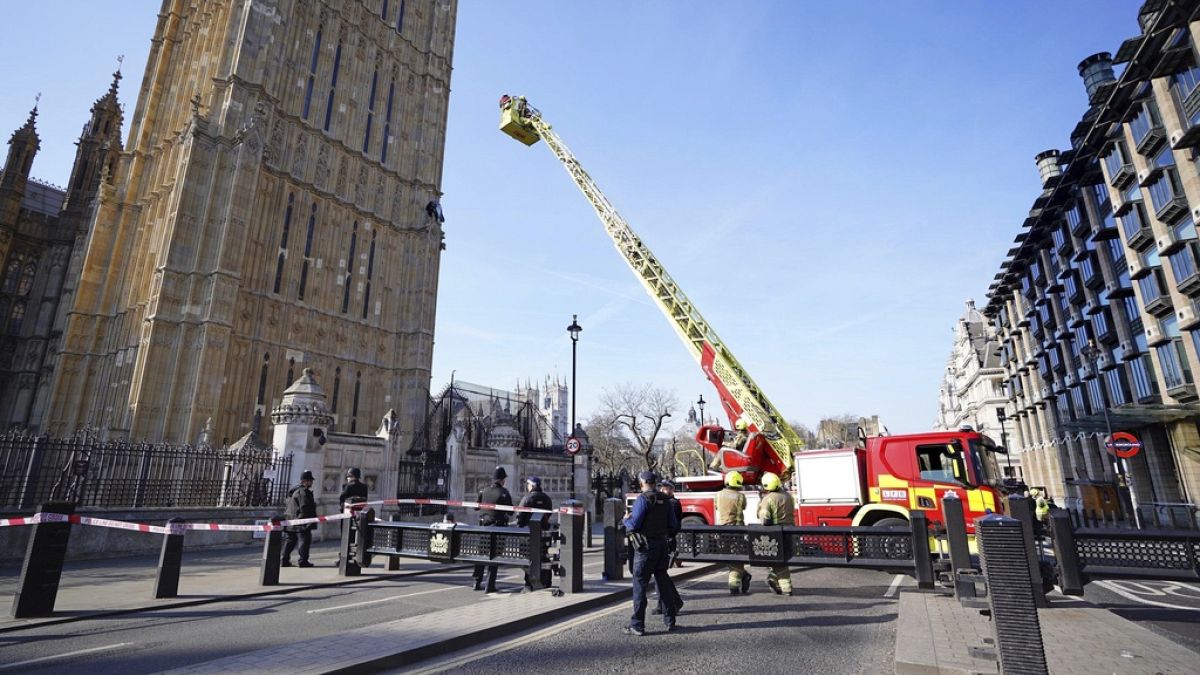How does Europe protect its heritage?
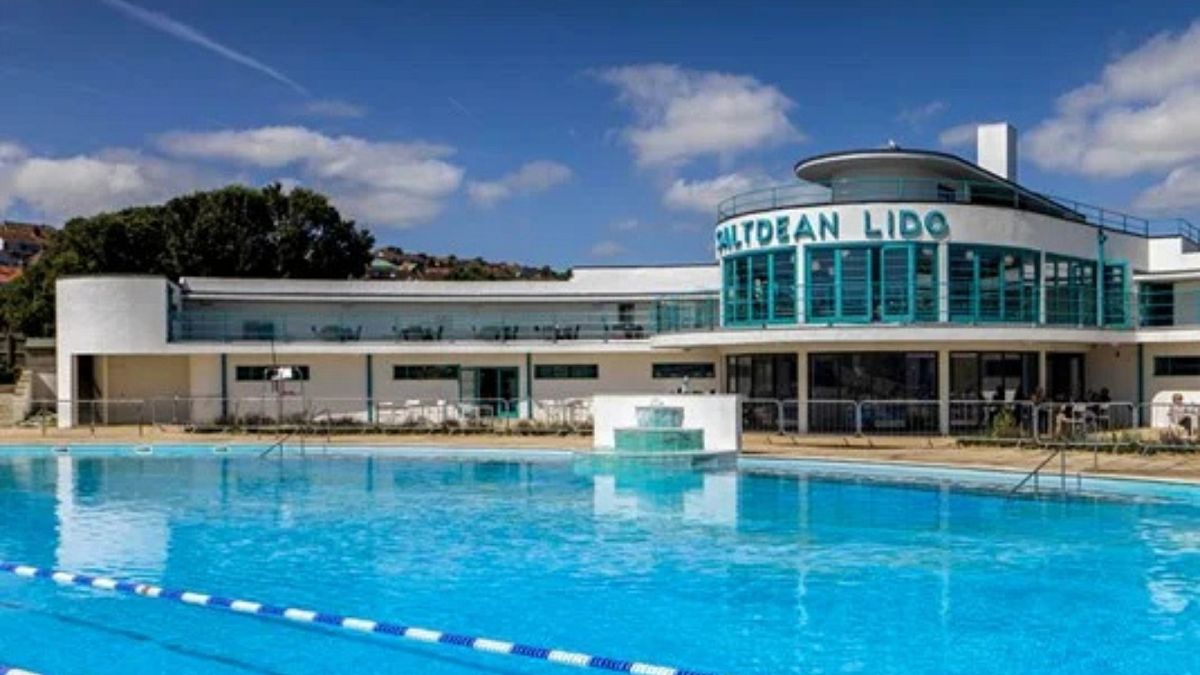
As Historic England releases its annual report on heritage at risk, we look at the results and how heritage across Europe is analysed.
Historic England has published its annual Heritage at Risk Register. The survey documents the historically important sites across England that are “at risk of being lost as a result of neglect, decay or inappropriate development.”
This year, 4,891 sites have been listed in the register, 31 more than were featured in last year’s list. The Heritage at Risk Register is an official statistic with the UK government alongside similar surveys done by Historic Scotland and the Ulster Architectural Heritage Society.
The register covers important listed buildings, monuments, parks and gardens, historic battlefields, protected wreck sites and conservation areas.
155 new sites were added to this year’s list, including 69 buildings, 55 places of worship, and 24 archaeology sites.
Some of the at risk sites included the oldest active places of worship across the country. The Friends’ Meeting House, in Come-to-Good, Cornwall was built in 1710 and is one of the oldest Quaker meeting houses in England. Due to its thatched roof, the building needs regular repairs to stop rain damaging the supporting timber inside.
Similarly, the St Pancras Old Church in London, which is on a site that has been documented for Christian worship since 314 AD, has suffered from cracking to its structure due to land movement. It’s one of the oldest sites of constant worship in the country and today is still used for Christian services and other events, including a Sam Smith gig.
It’s not all bad news though. This year, 124 buildings and places were taken off the register thanks to efforts to care more for the sites.
One of the removed sites is Saltdean Lido, an outdoor pool in Brighton and Hove. The art deco lido was built in 1938 and the outdoor heated 40m pool has been restored thanks to the local community and funding from the National Lottery Heritage Fund.
Another site removed from the 2024 list is the Ecton Hill Copper Mine in England’s Peak District. Two decades of community work have repaired the mines from their state of dilapidation, saving a site that has been in use for mining dating back to the Bronze Age.
Across Europe
Perhaps the best known global registers of heritage at risk is made by UNESCO. Its List of World Heritage in Danger, created by the World Heritage Committee featured 56 sites that it states are at risk.
Of these 56, six are in Europe. They are the historic centre of Vienna in Austria; the Roșia Montană Mining Landscape in Romania; four mediaeval monuments in Kosovo; and three sites in Ukraine: the Saint-Sophia Cathedral and related monastic buildings in Kyiv, the ensemble of the historic centre in Lviv; and the historic centre of Odessa.
At the global level, there is also the World Monuments Watch report, published every two years by the World Monuments Fund.
In 2022, the World Monuments Watch highlighted 25 sites at risk from over 225 nominations. Of those, three were in Europe: Hurst Castle in the UK; the Alcântara and Rocha do Conde d’Óbidos Maritime Stations murals in Portugal; and the Fabric Synagogue and Jewish Heritage of Timișoara in Romania.
There are also individual national organisational work to protect heritage sites across Europe, for example the Heritage in Danger mission from France’s Ministry of Culture.
In terms of the EU, the Commission has the Community Research and Development Information Service (CORDIS) which funds research into sustaining cultural heritage. CORDIS has organised three transnational projects under the banner Heritage Plus to use technology to identify vulnerable sites across the EU.
Source: Euro News








